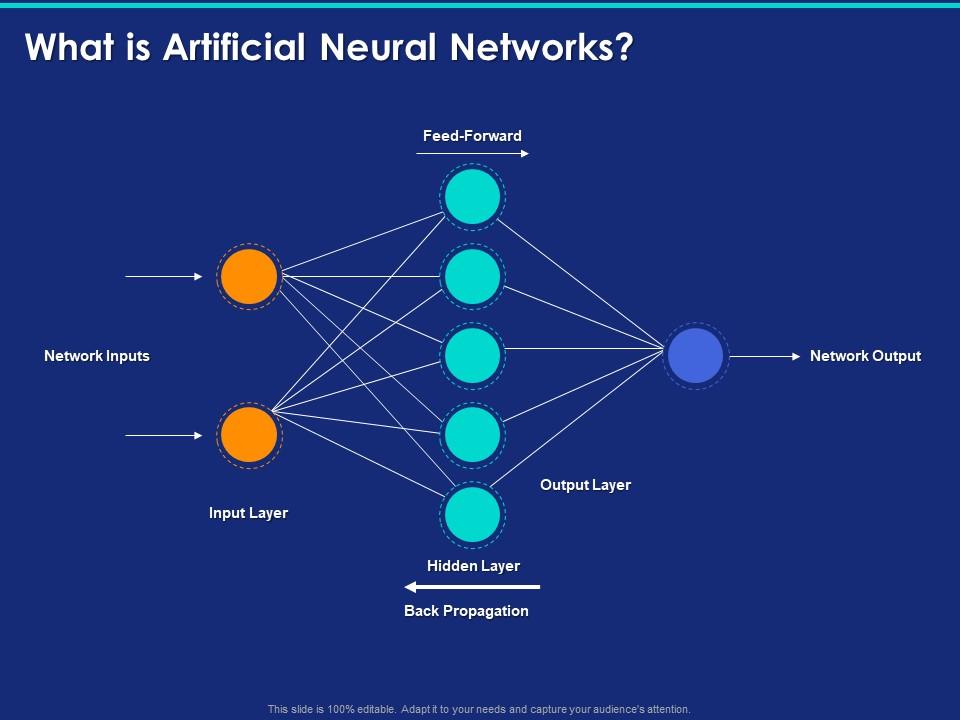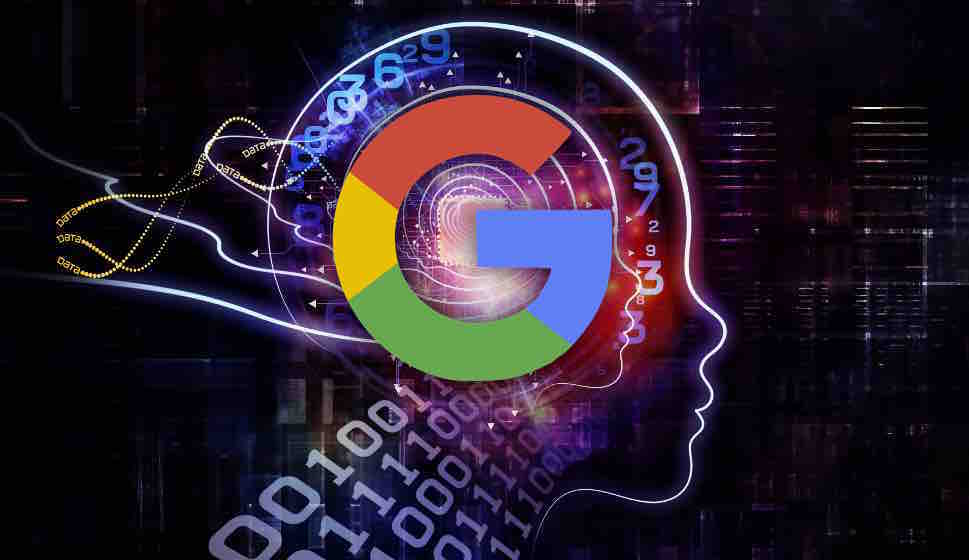
When creating artificial intelligence systems for different applications, it is important to take into account a range of issues such as human dignity, explainability and transparency. We must first define what is a "right" or wrong action in order to train our AI to think ethically. Next, we need to create operationalization methods that are free from bias and allow the AI make decisions based only on facts, not prejudices or irrationality.
Transparency
Transparency in ethical AI intelligence can be achieved using many different methods. Some believe transparency in AI is an ideal that makes it easier to make better decisions. Some advocate for a non-discriminatory approach to AI that minimizes adverse selection and moral hazards. Transparency in AI fosters trust, accountability, and supports greater autonomy. This approach is also good for our ethical goals. Here are some examples that transparent artificial intelligence can have a positive impact on ethical and moral goals.
First and foremost, transparency means that the system designer must be responsive to stakeholder demands. The system should be open to scrutiny and respond to legitimate queries and individual cases as fast as possible. Transparency can be regarded as a real-time property, but it can also be an ongoing traceability of historical events. This means transparency must be a fundamental feature in the design of AI systems. A system should, for instance, provide detailed reports that can be used to aid in investigating incidents.

Explainability
AI has many technical advantages and technical capabilities that can be used to generate immediate ethical benefits. As the International Risk Governance Center points out, AI can analyze large amounts of data, link data sources, and generate outcomes that cross domains and geographic boundaries. Artificial intelligence can provide consistent, objective behavior and help humans avoid repetitive tasks. AI can aid us in understanding the world around and within us.
To be considered a principle of justice, all persons must have equal access to medical advances. This principle is violated by certain medical AI systems. For instance, Obermeyer et al. Obermeyer et al. reported that an AI-based medical system discriminated versus people of color. Explainability is able to identify key features in a model which might indicate bias. This way, Explainability can alert relevant stakeholder groups of bias risks and consequences. It can detect potential biases within AI models and prevent them from happening.
Traceability
A description of the data used to train a machine learning model is the first step to ensure its traceability. You can do this by creating an ontology that describes the phenomenon seen and the context inwhich it was learned. Also, the training and transformation of data must be documented in a tracable manner. An ontology is not enough. It also requires a framework of data mining, data science, and data analytics.
To ensure transparency and trustworthiness among stakeholders, traceability is crucial. This requires that companies understand the steps involved in the creation of an AI system. They also need to be able describe the decision rules and methods used. Traceability is the ability to trace all aspects of the process. This is achieved by using a framework known as "governance".

Human dignity
Many ethical AI debates have focused on AI's potential for eliminating jobs and threatening the environment. While some of these concerns can be dated and are predictable, others are important. The future impact of digital technology is on human labor. It will eventually eliminate photographic film, cassette tapes and vinyl records. Also, think about how driving a car will change the landscape. Also, remember to protect your personal dignity.
The European Group on Ethics in Science and New Technologies calls for a complete rethinking value systems in digital society. It suggests that human dignity should be considered a central part of how autonomous system interact with human beings. AI must recognize the value and respect of a person, and give them the ability to make decisions and have input into these systems. AI must contribute to a better world.
FAQ
Who invented AI?
Alan Turing
Turing was born 1912. His father was clergyman and his mom was a nurse. After being rejected by Cambridge University, he was a brilliant student of mathematics. However, he became depressed. He learned chess after being rejected by Cambridge University. He won numerous tournaments. After World War II, he worked in Britain's top-secret code-breaking center Bletchley Park where he cracked German codes.
He died in 1954.
John McCarthy
McCarthy was conceived in 1928. Before joining MIT, he studied maths at Princeton University. He created the LISP programming system. He had already created the foundations for modern AI by 1957.
He passed away in 2011.
What is the latest AI invention
Deep Learning is the latest AI invention. Deep learning is an artificial intelligent technique that uses neural networking (a type if machine learning) to perform tasks like speech recognition, image recognition and translation as well as natural language processing. Google developed it in 2012.
Google recently used deep learning to create an algorithm that can write its code. This was accomplished using a neural network named "Google Brain," which was trained with a lot of data from YouTube videos.
This enabled it to learn how programs could be written for itself.
IBM announced in 2015 that they had developed a computer program capable creating music. Another method of creating music is using neural networks. These are known as NNFM, or "neural music networks".
Is there another technology that can compete against AI?
Yes, but still not. There have been many technologies developed to solve specific problems. However, none of them can match the speed or accuracy of AI.
What are the benefits from AI?
Artificial Intelligence (AI) is a new technology that could revolutionize our lives. Artificial Intelligence is already changing the way that healthcare and finance are run. It's expected to have profound impacts on all aspects of education and government services by 2025.
AI has already been used to solve problems in medicine, transport, energy, security and manufacturing. The possibilities for AI applications will only increase as there are more of them.
What makes it unique? First, it learns. Computers are able to learn and retain information without any training, which is a big advantage over humans. Computers don't need to be taught, but they can simply observe patterns and then apply the learned skills when necessary.
It's this ability to learn quickly that sets AI apart from traditional software. Computers can quickly read millions of pages each second. Computers can instantly translate languages and recognize faces.
It can also complete tasks faster than humans because it doesn't require human intervention. In fact, it can even outperform us in certain situations.
A chatbot named Eugene Goostman was created by researchers in 2017. The bot fooled many people into believing that it was Vladimir Putin.
This shows that AI can be extremely convincing. Another benefit is AI's ability adapt. It can also be trained to perform tasks quickly and efficiently.
This means businesses don't need large investments in expensive IT infrastructures or to hire large numbers.
How does AI work
An artificial neural network consists of many simple processors named neurons. Each neuron processes inputs from others neurons using mathematical operations.
Layers are how neurons are organized. Each layer has a unique function. The first layer receives raw information like images and sounds. It then passes this data on to the second layer, which continues processing them. The final layer then produces an output.
Each neuron has a weighting value associated with it. When new input arrives, this value is multiplied by the input and added to the weighted sum of all previous values. If the number is greater than zero then the neuron activates. It sends a signal up the line, telling the next Neuron what to do.
This process continues until you reach the end of your network. Here are the final results.
Statistics
- While all of it is still what seems like a far way off, the future of this technology presents a Catch-22, able to solve the world's problems and likely to power all the A.I. systems on earth, but also incredibly dangerous in the wrong hands. (forbes.com)
- By using BrainBox AI, commercial buildings can reduce total energy costs by 25% and improves occupant comfort by 60%. (analyticsinsight.net)
- In the first half of 2017, the company discovered and banned 300,000 terrorist-linked accounts, 95 percent of which were found by non-human, artificially intelligent machines. (builtin.com)
- A 2021 Pew Research survey revealed that 37 percent of respondents who are more concerned than excited about AI had concerns including job loss, privacy, and AI's potential to “surpass human skills.” (builtin.com)
- More than 70 percent of users claim they book trips on their phones, review travel tips, and research local landmarks and restaurants. (builtin.com)
External Links
How To
How to Set Up Siri To Talk When Charging
Siri can do many things, but one thing she cannot do is speak back to you. Your iPhone does not have a microphone. Bluetooth is an alternative method that Siri can use to communicate with you.
Here's a way to make Siri speak during charging.
-
Select "Speak When Locked" under "When Using Assistive Touch."
-
To activate Siri, press the home button twice.
-
Siri will speak to you
-
Say, "Hey Siri."
-
Speak "OK."
-
Speak: "Tell me something fascinating!"
-
Say "I'm bored," "Play some music," "Call my friend," "Remind me about, ""Take a picture," "Set a timer," "Check out," and so on.
-
Say "Done."
-
Say "Thanks" if you want to thank her.
-
Remove the battery cover (if you're using an iPhone X/XS).
-
Reinsert the battery.
-
Reassemble the iPhone.
-
Connect the iPhone with iTunes
-
Sync the iPhone.
-
Switch on the toggle switch for "Use Toggle".